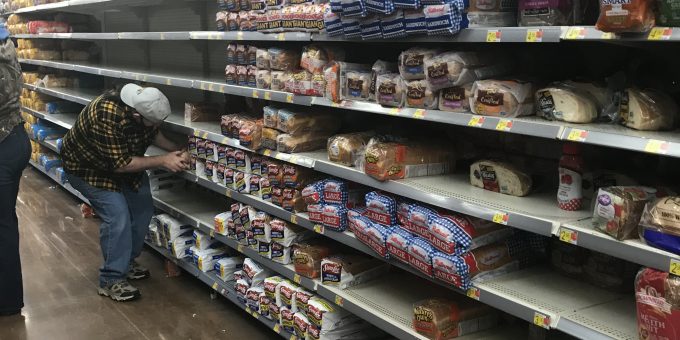
(UNDATED) – Local residents have started to make preparations for the winter storm that is predicted to arrive Sunday evening and last until Tuesday.
Another round of winter weather is expected on Thursday that will bring additional snow accumulation to the area.
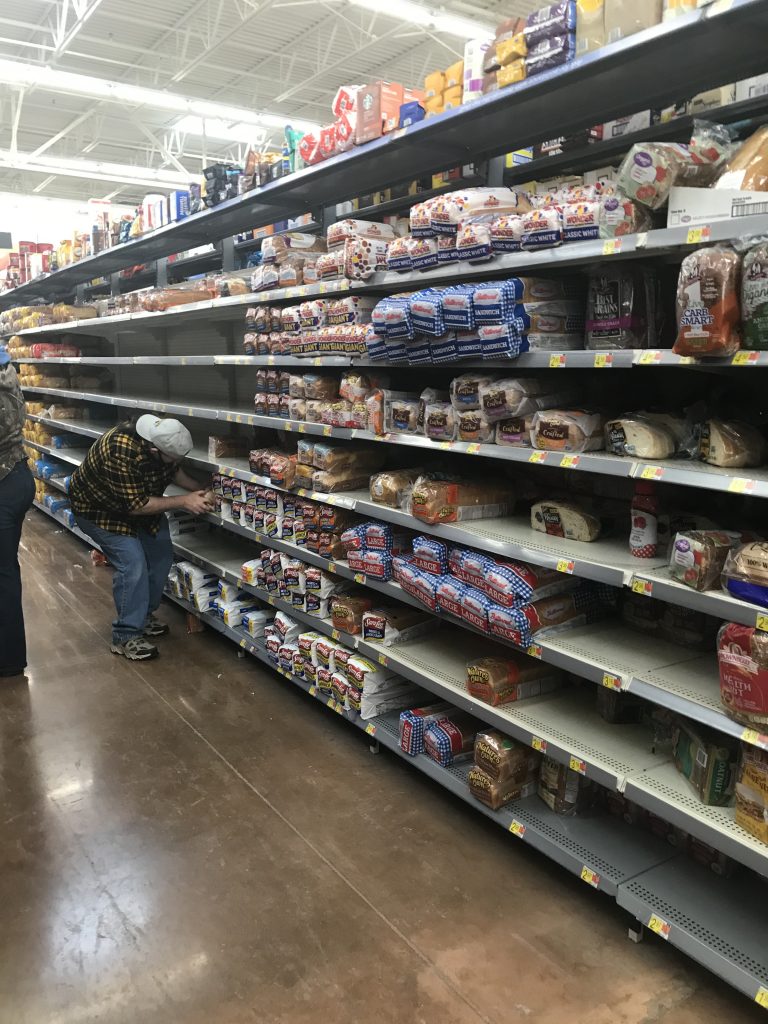
Several area residents hit local grocery stores to stock up on needed supplies in anticpation of the surmountable snow accumulation.
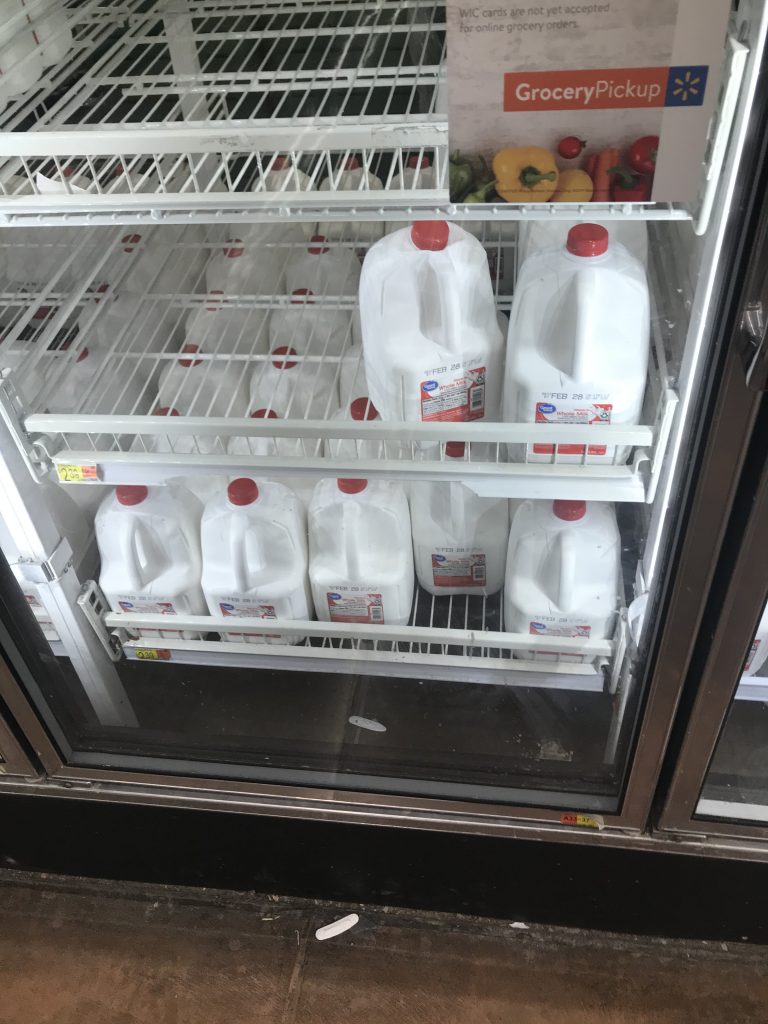
Many shoppers, with their carts full, were met with long lines at the check out counters.
Many items like bread, milk, eggs and other staples sold fast, emptying the freezers and shelves.
Shovels, salt and other winter supplies were high on the list of demands but were difficult to find.
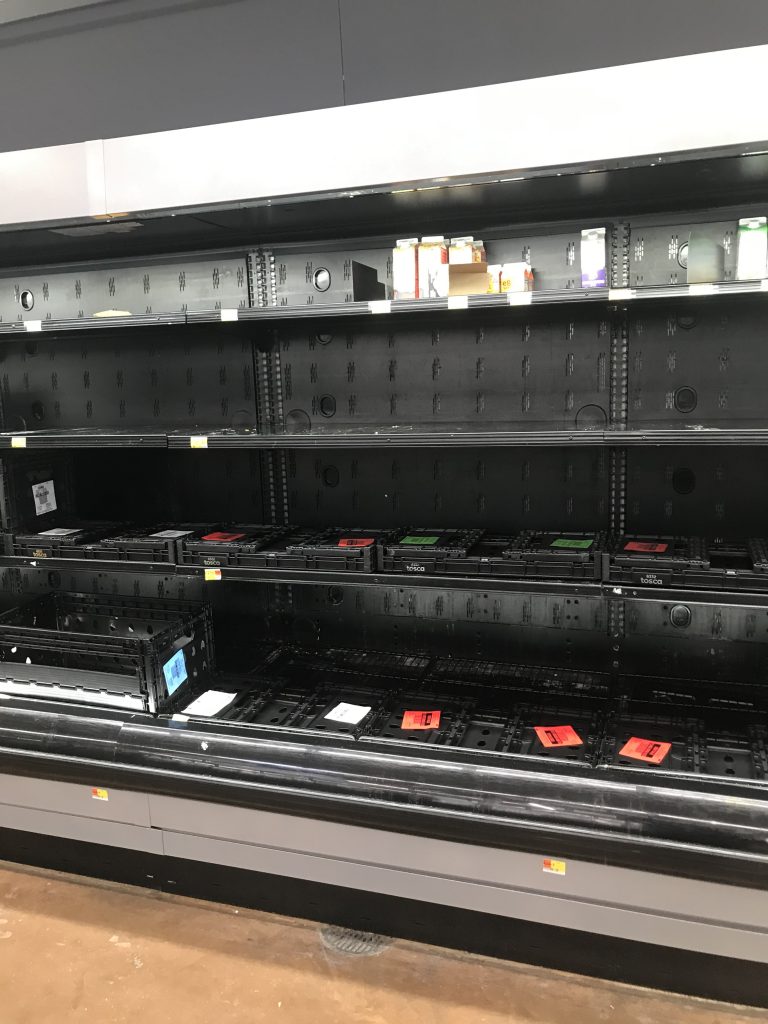
The local emergency officials and our street and highway crews will make emergency plans and continue to monitor the situation.
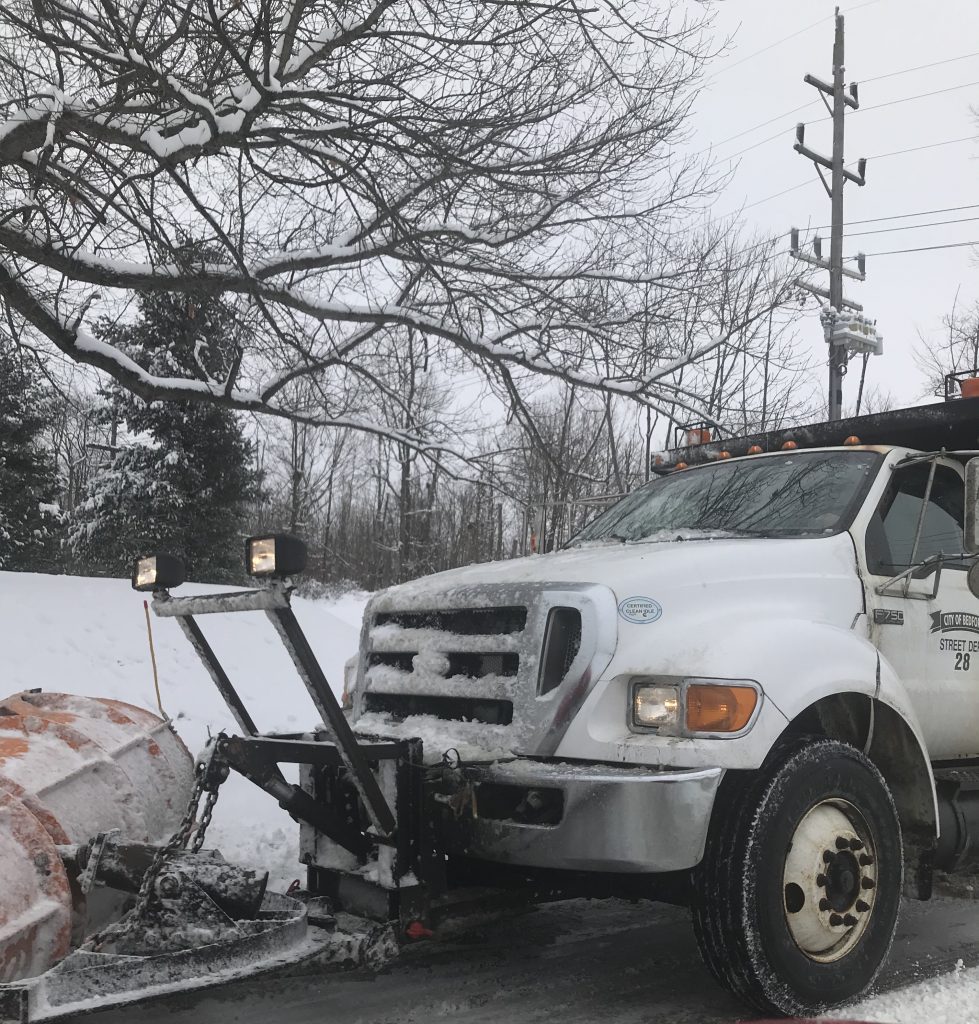
Local emergency officials are also in contact with Lawrence County Emergency Management Director, Valarie Luchauer to stay informed.
“Our street crews have worked 12 hour days, making sure the streets of Oolitic is taken care of,” said Annette Norrick, Oolitic Clerk-Treasurer.
“The town received compliments on the Oolitic Town Street crews, Zac Bell and Wes Tipton, who has been trying to get the town’s streets ready for the traveling motorists who were trying to get to work and doctor appointments,” said Norrick.
Fire officials remind residents to take safety precautions when they prepare for the inclement weather.
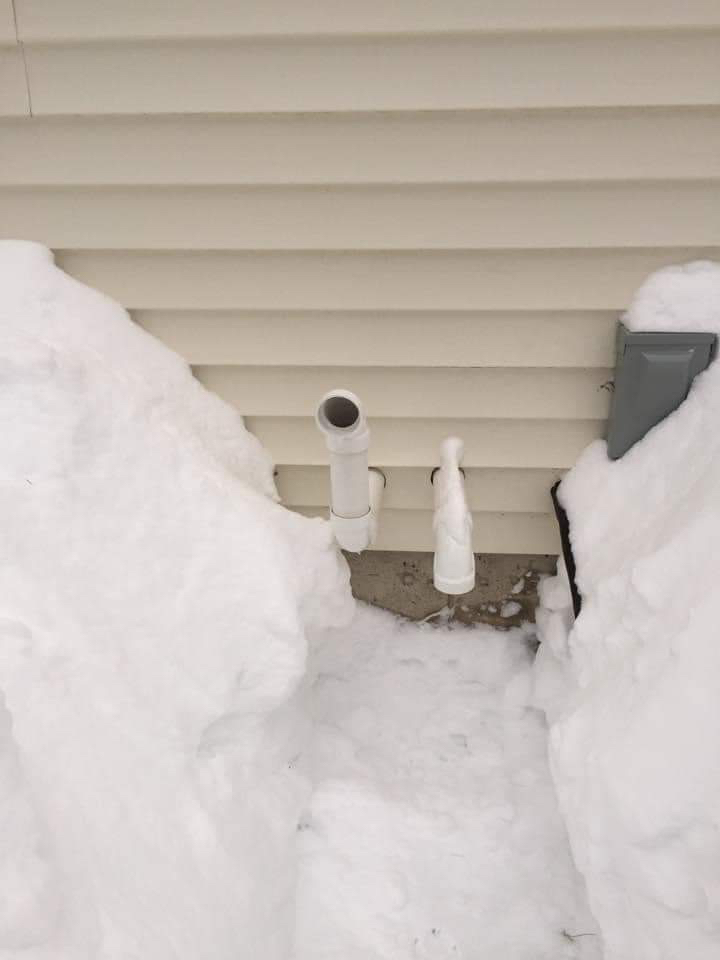
One of those precautions is to make sure exhaust vents for your furnace, hot water heater, and any other appliances are clear of snow. If these become blocked by the snow they can cause deadly carbon monoxide to build up in your home.
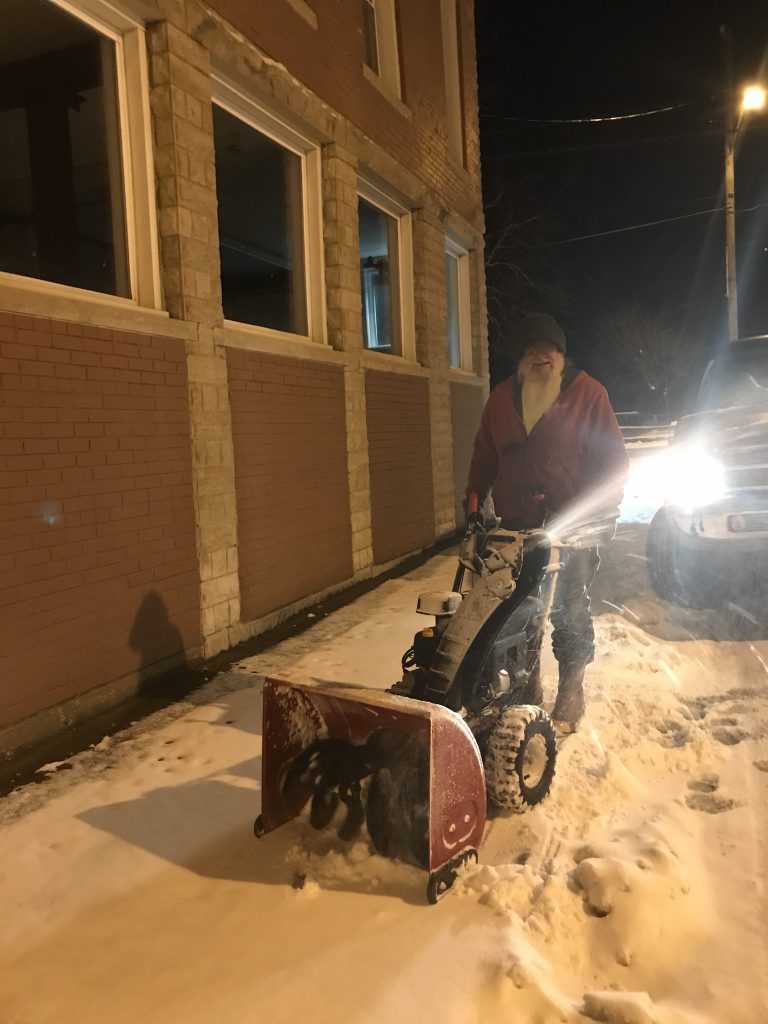
Other recommendations from emergency officials include:
Before the storm:
- Listen to local area radio, NOAA radio, or TV stations for the latest updates and information.
- Be prepared to evacuate if you lose power or heat, and know routes and destinations. Find a local emergency shelter.
- Check your emergency kit and replenish any missing and medical supplies. Keep it nearby.
- Be sure to have ample heating fuel.
- If you have alternate heating sources, such as fireplaces, wood or coal-burning stoves, or space heater, be sure they are clean and in working order.
- Bring your companion animals inside and ensure that your horses and livestock have blankets if appropriate and unimpeded access to shelter, food, and non-frozen water.
During the Winter Storm:
- Stay indoors and wear warm clothes. Layers of loose-fitting, lightweight, warm clothing will keep you warmer than a bulky sweater. If you feel too warm, remove layers to avoid sweating, if you feel chilled add layers.
- Eat regularly, food provides the body with energy for producing its own heat.
- Keep the body replenished with fluids to prevent dehydration. Drink items such as warm broth or juice. Avoid caffeine and alcohol. Caffeine, a stimulant, accelerates the symptoms of hypothermia. Alcohol, such as brandy, is a depressant and hastens the effects of cold on the body. Alcohol also slows circulation and can make you less aware of the effects of the cold. Both caffeine and alcohol can cause dehydration.
- Conserve fuel. Winter storms can last for several days, placing great demand on electric, gas, and other fuel distribution systems ( fuel, oil, propane, etc). Lower the thermostat to 65 degrees during the day and 55 degrees during the night. Close off all unused rooms and stuff towels or rags in cracks under the doors. Cover the windows at night.
- Check on relatives, neighbors, and friends, particularly if they are elderly or if they live alone.
The three tips for winter driving include: Prepare, Protect and Prevent
PREPARE – for the trip, PROTECT yourself and PREVENT crashes on the road
PREPARE:
Check your battery, tire tread, and windshield wipers that will keep your windows clear, put no-freeze fluid in the washer reservoir, and check your antifreeze.
Have On Hand: flashlight, jumper cables, abrasive material (sand, kitty litter, even floor mats), shovel, snow brush and ice scraper, warning devices (like flares), and blankets.
For long trips, add food and water, medication, and cell phone.
Stopped or Stalled? Stay in your car, don’t overexert, put bright markers on your antenna or windows and shine the dome light. If you run your car, clear exhaust pipe away from the snow and run it just enough to stay warm.
Plan Your Route: Allow plenty of time (check the weather and leave early if necessary), be familiar with the maps/ directions, and let others know your route and arrival time.
BE PREPARED FOR DRIVING ON SNOW AND ICE
* Steer into a skid.
* Know what your brakes will do: stomp on antilock brakes, pump on non-anti-lock brakes.
* Stopping distances are longer on water-covered ice and ice.
* Don’t idle for a long time with the windows up or in an enclosed space.
PROTECT YOURSELF
* Buckle up and use child safety seats properly.
* Never place a rear-facing infant seat in front of an air bag.
* Children 12 and under are much safer in the back seat.
PREVENT CRASHES
* Drugs and alcohol never mix with driving.
* Slow down and increase distances between cars.
* Keep your eyes open for pedestrians walking in the road.
* Avoid fatigue – Get plenty of rest before the trip, stop at least every three hours, and rotate drivers if possible.
1340 AM WBIW, Super Oldies 105.5 WQRK, and Lite FM 102.5 WPHZ will keep you updated on weather, traffic, and emergency information throughout this winter storm.



